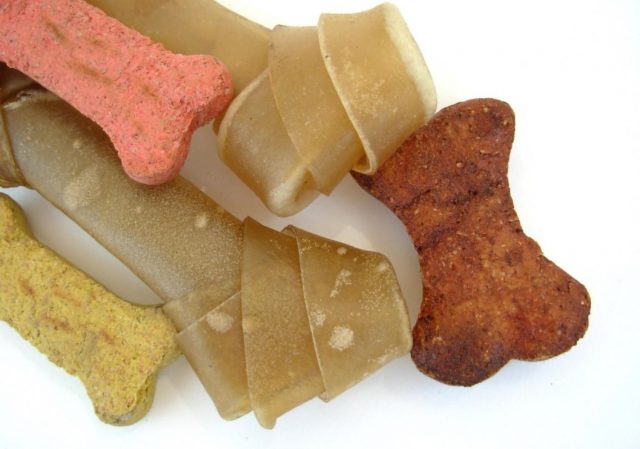You’ve probably found yourself in this situation once or twice: walking up and down the pet aisles, looking for that perfect treat to give your dog. You look at one pack after the other, trying to find treats that you think your pet will really like. Of course, if you already know what your pet likes, you can always just go ahead and order genuine pet supplies online, but what if you have no idea what kind of pet treats to buy for your dog?
Here are some great tips to keep in mind in choosing the right treats for your dog.
Let’s Take a Look at Some of the Common Treats
A simple stroll down the pet aisle can overwhelm first-time pet owners with the sheer amount of options available. Rows upon rows of brightly-colored boxes and plastic pouches, all of them showing a happy dog begging for more treats on the cover. How can you choose just one?
While there are hundreds of different brands available, you can categorize these treats into six different categories:
- Biscuits – small baked treats that are great for single-serve treats or training aids.
- Bully Sticks/Rawhide Chews – usually made from dehydrated meat or bone meal, or shaped rawhide, great for dogs who are strong chewers.
- Dehydrated/Jerky Treats – dried/dehydrated meat (beef, venison, turkey, fish, etc.).
- Fillings – treats in paste form that can be used with chew toys or training toys
- Soft/Chewy Treats – small, bite-sized treats made from meat and other ingredients such as peanut butter, grains, etc.; soft and chewy, great for single-serve treats and training aids as well.
- Hard/Dental Treats -hard, abrasive treats that are generally used for cleaning teeth and freshening your dog’s breath.
Best Treats for Training Your Dog
If you are trying to find treats as a reward for dog training, it’s important to use the right kind of treats to get the best results during training. You want to use treats that are small, easy to eat and smells appetizing for your dog, as these kinds of treats will help keep your dog interested for a longer period of time. This means that you will be able to teach your dog more during a training session, and they will be able to master commands faster.
Also, here’s a tip: never give your dog a treat when they are begging! It’s hard to resist those puppy-dog eyes when they’re aimed at you, but you should keep in mind that treats are a reward for good behavior that you want to encourage! If you give your dog treats because you gave in to their begging face, they’re going to think that the begging face is good behavior that results in treats and they’re going to do it over and over again.
Always Look at the Ingredients
Just like with dog food, the first ingredient that you spot on the ingredients list is the most abundant ingredient in any dog treat. For most biscuits and baked treats, the first ingredient is generally some type of grain. For bully chews, it’s usually pure rawhide or cartilage. Jerkies and dehydrated treats, on the other hand, are made from dried meat.
It’s important to know what the most dominant ingredient is when it comes to your dog treats, especially if your dog has any allergies towards a particular product. Also, knowing the ingredients will give you an idea of the quality of a certain brand of dog treats. In general, the higher the number of filler ingredients and preservatives, the lower the quality of the treats.
Calories Count, Even for Dogs
Owners who give their dogs treat freely will usually notice that their dogs gain a lot of weight quite quickly. Calories from treats add up! Some of the high-quality treats contain ingredients such as cheese, peanut butter, and avocado, and can easily drive up the calorie count to 80 calories or more per treat.
As a rule of thumb, a small dog (around 10 pounds) will only need around 300-450 calories a day in total, so if you’re already feeding your dog premium dog food PLUS treats daily, you’re easily going over the daily calorie limit for your dog.
Exercise Some Caution
When it comes to treats such as rawhide bones and bully chews, you should keep an eye on your dog while they are gnawing on these treats. There are cases where dogs have choked on rawhide treats because they tried to swallow the treats without properly chewing through them, as well as cases where dogs have had severe indigestion or constipation due to swallowing large pieces of rawhide.

Speak Your Mind